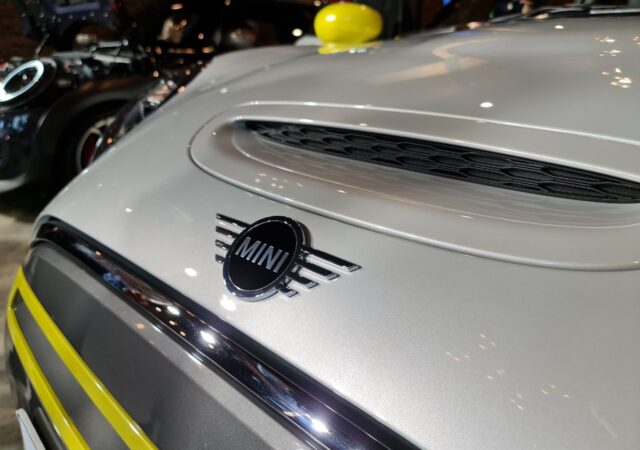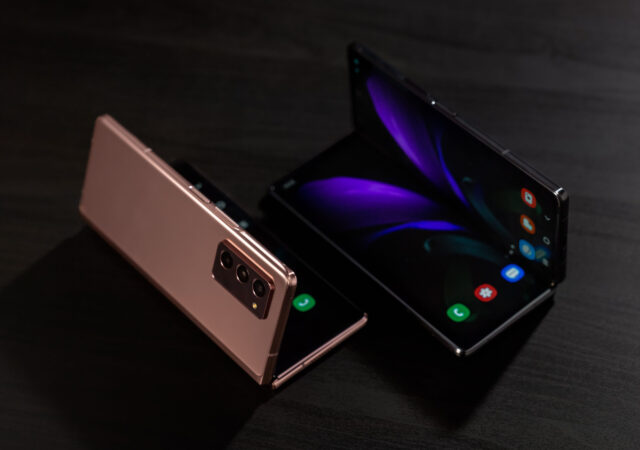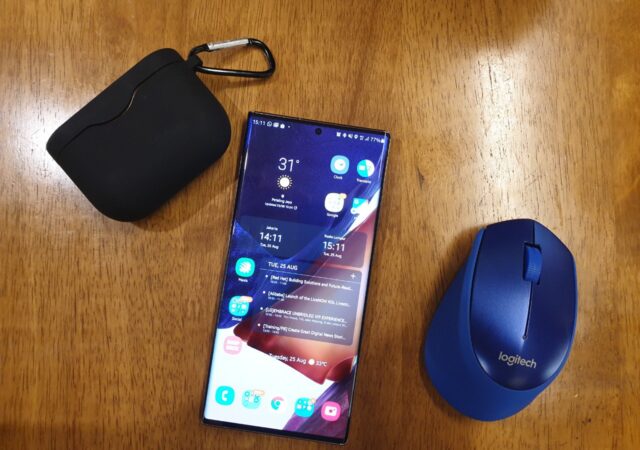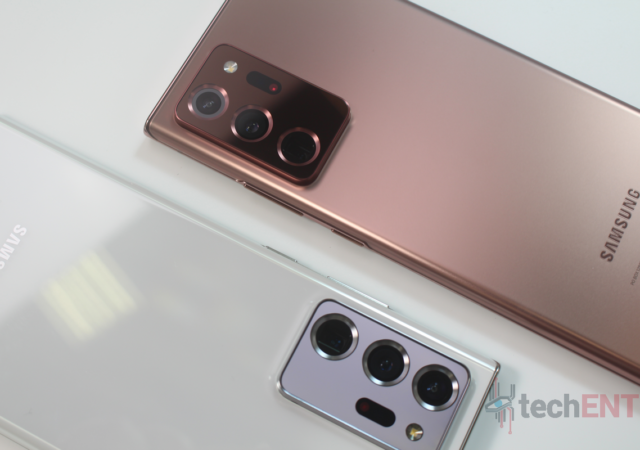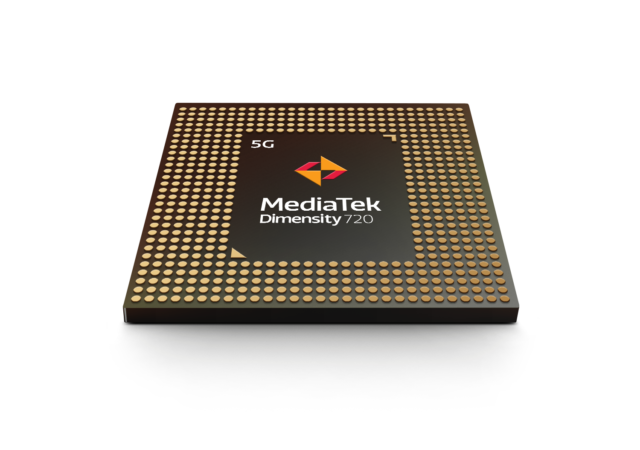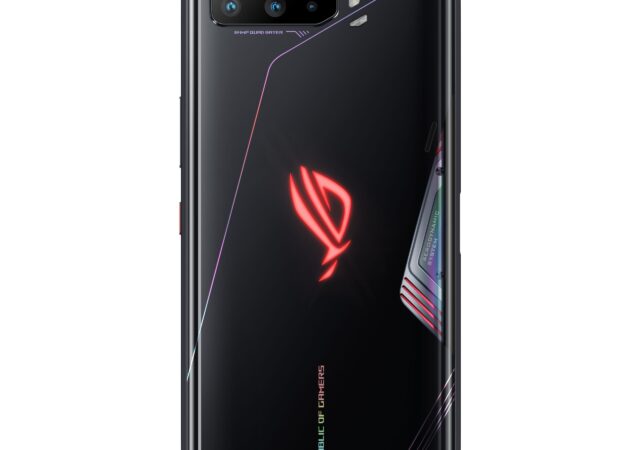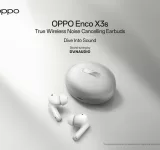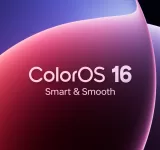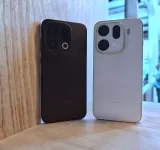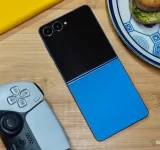The All-Electric MINI is launched in Malaysia. The new MINI is a step forward toward an all-electric Malaysia for MYR 218,380.78.
Samsung Unfolds the Next Generation of Foldables with the Galaxy Z Fold2
Samsung unfolds the future of foldables with their new Samsung Galaxy Z Fold2, the latest in their line up of foldable devices.
24 Hours with The Samsung Galaxy Note20 Ultra
Samsung launched their Galaxy Note20 Ultra last week and we got our hands on one and this is what we have to report after 24 hours.
Sony Announces the New WH-1000XM4 Noise Cancelling Headphones – the New Gold Standard for MYR 1,599
Sony Announces the New WH-1000XM4 Noise Cancelling Headphones – the New Gold Standard
Galaxy Note20 Series Refines Samsung’s Experience for the New Normal
Samsung brings its Galaxy Note series into the future with the all new Galaxy Note20 Series. The power packed Note devices take aim at being even more productive on the go.
Ditching Helio for Dimensity – MediaTek’s Premium 5G Experience for Mid-Range Smartphones
MediaTek just announced their new Dimensity 720 SoC with 5G network capabilities for mid-range smartphones with 90Hz display support.
Now You can Have Your Own BMW X5 xDrive45e M Sport, Just Use Your Smartphone!
BMW just launched their new X5 with just under 400 hp on all wheels. The BMW X5 also launched with an AR app as a sort of virtual showroom.
ASUS ROG Phone 3 Launched – Third Time’s the Charm
ASUS Launched th ROG Phone 3 with Qualcomm Snapdragon 865+ SoC. The ROG Phone 3 is currently the most powerful gaming smartphone in the world.
Tech & Tonic Episode 19 – What Can We Expect from Samsung Galaxy Unpacked 2020?
Tech & Tonic’s episode 19 is packed with Samsung Unpacked news and expectations. The Samsung Galaxy Note20 is coming to town in August 2020.



